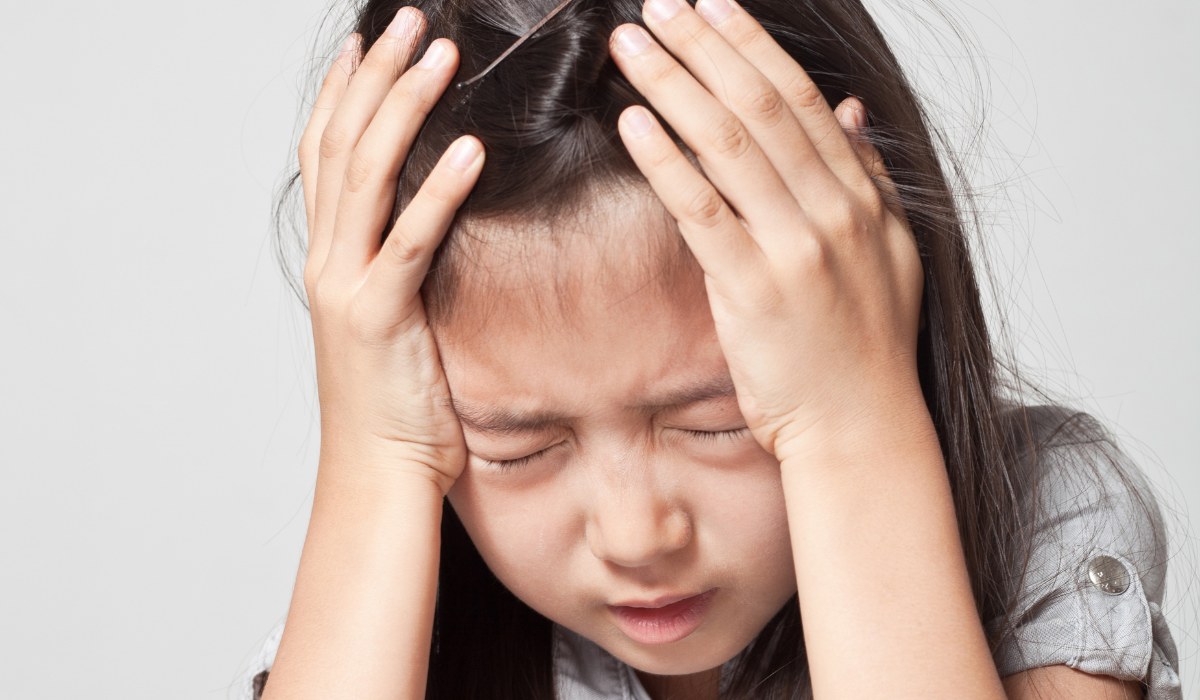Helping Children Thrive Academically with ABA Therapy in Schools
Discover how ABA therapy in school settings helps children with autism succeed academically, socially, and behaviorally through targeted, in-school support.
.jpg)
.jpg)
Key Points:
- ABA therapy in school settings supports academic readiness, social integration, and behavioral success.
- Applied Behavior Analysis in the classroom helps children with autism develop key functional and communication skills.
- School-based ABA therapy works best when it’s individualized and coordinated with teachers, therapists, and families.
When a child with autism struggles in school, it can feel like everything is working against them - distractions in the classroom, challenges with peer interaction, communication hurdles, and difficulty following routines. For many families, school becomes a daily source of stress, not just for the child, but for the entire household.
This is where ABA therapy in school settings can make a meaningful difference. Applied Behavior Analysis (ABA) is widely used to support children on the autism spectrum, and when integrated into a school environment, it can help children not only cope, but thrive academically, socially, and emotionally.
In this guide, we’ll walk through how ABA therapy works in school settings, what it looks like day to day, and how it supports both students and the school staff who work with them. Whether your child is already receiving services or you're exploring options, this article offers in-depth, practical insights designed to help you make informed decisions.
What is ABA Therapy in a School Setting?
ABA therapy in school settings refers to the application of ABA principles during the school day, either in the general education classroom, a special education room, or through individualized support sessions.
The focus is on helping children develop skills that directly impact their success at school, such as:
- Following directions
- Staying on task
- Managing transitions
- Engaging in appropriate social behavior
- Reducing disruptive or unsafe behavior
In school-based ABA therapy, a child may work with a school ABA therapist, a Registered Behavior Technician (RBT), or a Board Certified Behavior Analyst (BCBA), depending on the model used. Services are usually coordinated with school staff to ensure strategies align with academic goals.
Why ABA Services in School Make a Difference
Public and private schools are structured environments with predictable routines, yet for children with autism, even minor changes or unstructured times like recess can lead to stress and behavior challenges.
ABA services in school help by:
- Teaching coping skills for dealing with sensory overstimulation
- Supporting transitions between activities or environments
- Reinforcing positive behaviors in real-time contexts
- Providing individualized interventions during classwork or group time
- Helping children engage in group learning without disruptive behaviors
This real-time support can be especially valuable because it allows therapists to intervene during actual moments of challenge. not just in isolated therapy sessions.
For example, if a student struggles with lining up after recess, the ABA therapist can implement a visual schedule, social story, or reinforcement system directly in that moment, helping the student succeed and generalize the skill over time.
.jpg)
Applied Behavior Analysis in the Classroom: A Collaborative Approach
Implementing applied behavior analysis in the classroom requires close collaboration between the ABA provider and school staff. This is not a one-size-fits-all approach.
A well-integrated ABA plan often includes:
- Functional Behavior Assessments (FBAs) to understand the "why" behind behaviors
- Behavior Intervention Plans (BIPs) customized to the school environment
- Staff training to ensure consistency across the classroom
- Data collection and progress monitoring
- Skill acquisition goals tied to IEP objectives
When everyone, teachers, aides, parents, and the ABA therapist in schools, are working together using consistent strategies, children are more likely to meet their behavioral and academic goals.
Common Areas ABA Therapy Targets in School Settings
1. Communication Skills
Children may learn to request breaks, ask for help, or express needs using verbal language, AAC devices, or picture exchanges.
2. Social Skills
Therapists help children understand social rules, initiate play, share materials, or maintain conversations with peers.
3. Functional Academic Behaviors
This includes staying seated, completing tasks, following multi-step instructions, and participating in group work.
4. Self-Regulation and Emotional Control
Strategies such as token boards, calming routines, and coping visuals help children regulate emotions and prevent escalation.
5. Independence
Therapists teach self-help skills like managing materials, transitioning independently, or following routines without prompts.
These goals are embedded into daily school routines, making in school ABA therapy both practical and effective.
How ABA Therapy Schools Support Inclusion
Some schools have dedicated ABA classrooms or are known as ABA therapy schools, where all staff are trained in behavior analytic principles. However, many students receive in school ABA therapy in inclusive classrooms alongside neurotypical peers.
Inclusion is more than physical placement. It’s about meaningful participation. ABA can support this by:
- Reducing disruptive behavior so students can remain in class
- Building prerequisite skills for learning
- Teaching replacement behaviors that meet the same needs as challenging behaviors
- Increasing time spent on-task and engaged in learning
When ABA is integrated thoughtfully, it helps students with autism build the confidence and skills needed to participate fully in school life.
The Role of the School ABA Therapist
A school ABA therapist may work directly with one student or support several students across classrooms. Their responsibilities often include:
- Implementing individualized behavior plans
- Collecting and analyzing data on student progress
- Supporting teachers with behavior management strategies
- Teaching skill acquisition programs during natural routines
- Collaborating during IEP meetings and parent conferences
Effective ABA therapists in schools are trained not just in behavioral techniques but also in how to work within school systems and culture. Their presence can lighten the load on teachers and lead to more positive classroom dynamics.
.jpg)
Building a Strong ABA-School Partnership
ABA therapy works best in school settings when there is clear communication and shared goals. Here are a few tips to maximize outcomes:
- Request ongoing collaboration: Ensure your ABA provider communicates regularly with school staff.
- Share data across settings: Home and school ABA data should inform one another.
- Be part of the IEP process: Make sure ABA goals are reflected in your child’s Individualized Education Program.
- Support generalization: Reinforce school-learned skills at home to help them stick.
Parents play a key role in facilitating the partnership between schools and ABA providers. The more aligned everyone is, the more effective the intervention.
The Lasting Impact of School-Based ABA Therapy
Children who receive ABA therapy in the school setting are not just learning to behave; they’re learning to communicate, participate, and grow in environments where they spend most of their day. The benefits often extend beyond academics, improving friendships, emotional resilience, and self-confidence.
According to the CDC, 1 in 36 children in the U.S. has been identified with autism spectrum disorder (CDC, 2023), making effective school interventions more important than ever. While each child’s journey is unique, research consistently shows that early, individualized, and consistent behavioral support can lead to meaningful progress.
If your child is struggling in school, consider how school-based ABA therapy can support not only their academic goals but their broader development.
See Your Child Thrive: Connect With ABA Therapy Services Today
If you’re ready to explore how ABA can help your child succeed in the classroom, Grateful Care ABA provides personalized ABA therapy services in Indiana, Tennessee, Georgia, North Carolina, Virginia, and Arizona.
Grateful Care ABA collaborates with schools, families, and professionals to ensure your child receives the support they need right where they need it most at school. Whether your child is just starting out or facing new challenges, our approach is always tailored to their unique strengths and needs.
Start your journey toward better school days with ABA therapy services near you. Contact us today to learn more.
Apply Now
At Grateful Care ABA, we are proud to offer the best ABA therapy services in Indiana. Armed with a team of skilled Board Certified Behavior Analysts (BCBAs), we bring years of experience to the table, making us the preferred provider for ABA therapy in our community.
Understanding that every child with ASD is unique and has unique goals and objectives, our ABA therapists carefully craft personalized ABA therapy plans that are tailored to meet the specific needs of each child. Whether your child needs help with reducing maladaptive behaviors, your child needs IEP support at school, you want your child to be self-sufficient at home, or something else, we use ABA therapy to work diligently toward specific goals. Together we can make a difference in your child’s life!
Contact us today to connect with an ABA therapist and learn more about ABA therapy solutions for your child.

.jpg)
.jpg)





.jpg)
.jpg)
.jpg)

.jpg)
.jpg)
.jpg)
.jpg)
.jpg)
.jpg)


















































































